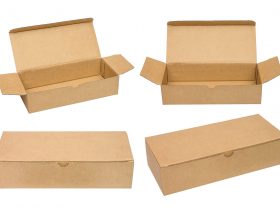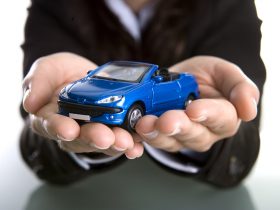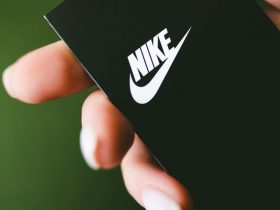Self-checkouts in grocery stores have become the norm in the past decade, but what’s next in retail technology, and when will retailers abandon their cashiers altogether?
Staley Technologies of Little Rock is “involved in every facet of it for our customers,” including self-checkouts, CCTV and mobile checkout technology, CEO Andrew Faulkner told Arkansas Business. “And we also have some things that allow the stores to know exactly who’s in their store,” which enable retailers to send coupons to customers’ smartphones while they’re shopping, among other capabilities.
Faulkner said retail technologies have become less expensive and more accessible than they were a few years ago, and everyone is using them to compete with the convenience Amazon offers.
“How do you compete with Amazon? Well, you’ve got to provide your customer with a pleasurable, efficient experience, customer experience, inside your store … . The ease of doing business with you is the key,” Faulkner said.
He said smaller chains are seeing what industry giants like Walmart and Kroger are doing and following their lead, so Staley Technologies talks about technologies it is deploying for big chains and proposes similar but more affordable technology for the smaller chains it services.
Scan-and-Go Tech
Faulkner believes scan-and-go technology is the obvious next iteration of self-checkout tech and that use of it will soon grow. With scan-and-go, a customer uses their smartphone to scan products inside a store, pays for them on their smartphone and then leaves the store without going to a register.
But there’s a downside, the same that self-checkouts have had: an increase in products lost to errors and theft.
The average store deploying traditional self-checkouts could see product loss increase by roughly 40%, said Adrian Beck, emeritus professor at the University of Leicester in England. He has written several research reports for the ECR Retail Loss Group in Belgium, which informs national industry groups that include the Retail Industry Leaders Association in Washington.
But stores have found the savings in labor costs from self-checkouts are more than enough to compensate for additional product losses, he and Faulkner said in separate interviews.
“We’ve been consulting with our retailers, and we’ve never seen a situation recently where the reward on the efficiencies of having the mobile and self-checkout didn’t outweigh the potential additional loss that was going to happen as well,” Faulkner said.
With scan-and-go, Beck said, research has shown that some retailers end up losing more money than they make.
With most self-checkout tech, he said, his research determined that half of the loss stores see is malicious and the other half is accidental.
With scan-and-go, a larger percentage is malicious, Beck said.
So retailers are realizing they must invest in controls, he said. Those include having employees patrol self-checkout areas, putting self-checkout in more visible areas and using more accurate scales where products are scanned by customers. Beck added that retailers are balancing customer convenience with minimizing risk because they don’t want customers to have an “unfriendly” experience at their stores.
Going Cashierless
“The self-checkout technology has gotten more robust. It’s gotten better. Now you’re at a point where stores like Walmart and Kroger see the Amazon Go model where there’s absolutely no cashiers,” Faulkner said. “There is a day in the future where we walk into a Walmart or we walk into a Kroger and grab our items off the shelves.”
The first Amazon Go store opened in February 2020 — it was even featured in a March 12 “Saturday Night Live” sketch. The premise is that these small convenience stores, through a variety of technology, allow customers to walk in, pick up and leave with the items they want.
But Beck said the Amazon Go technology is prohibitively expensive and retailers haven’t figured out how to scale it for larger stores with hundreds of thousands of items.
Such stores would also require customers to have memberships and have a credit or debit card registered with them, and many consumers aren’t comfortable doing that, he said.
Beck believes the technology Amazon Go stores use will improve and become more affordable over time, and it could possibly be sold by Amazon.












